Have you ever wondered if a hammer drill, with its rotating and pounding action, can do the job of mixing concrete? It’s a question that has been debated for some time, but now you can get all the information you need in one place – this blog post about mixing concrete! This post will discuss what techniques are best for mixing concrete, and whether or not a hammer drill is really up to the task. Get ready to learn all there is to know about mixing concrete like a pro!
What is a Hammer Drill?
It works by applying high-speed impacts to the material being drilled, which causes it to break down more quickly than with conventional drilling methods. Hammer drills can be powered either by electricity or compressed air, depending on the model. They are often used in construction applications for creating holes for masonry anchors and in demolition work.
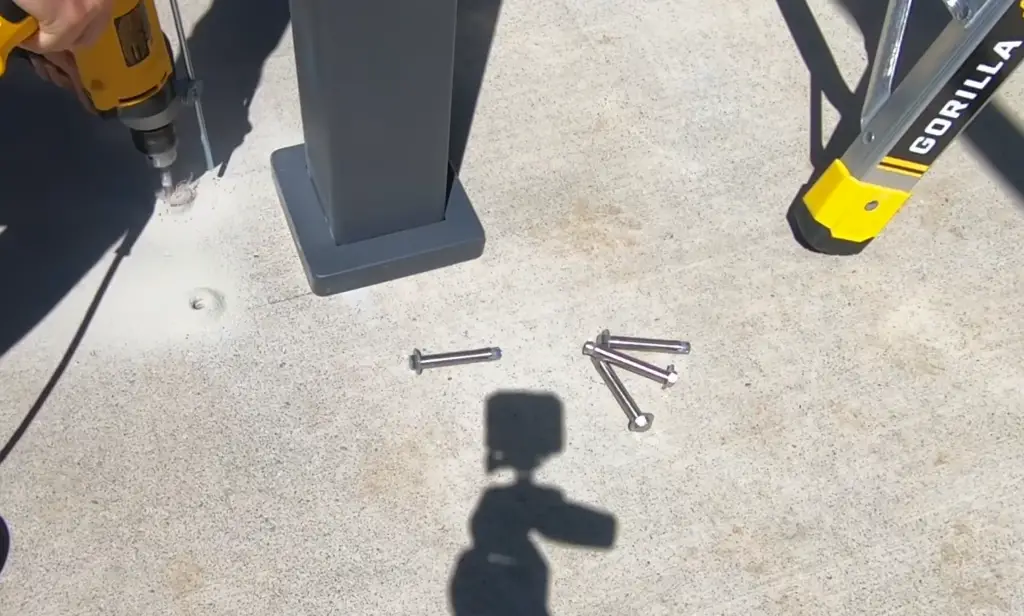
The most common type of hammer drill is known as an “SDS” (specialty drilling system) drill. This type of drill utilizes special bits that have a spline shaft instead of a traditional round shank bit. These bits fit into specialized SDS chucks that are designed to fit securely and safely into the drill. This makes it easier to change bits without having to manually unscrew them from the chuck, making hammer drills more efficient and allowing for more precise drilling.
Hammer drills also feature variable speed settings, which allow users to adjust the rate at which the tool is working, as well as different modes that can be used depending on the material being drilled. For example, a “hammer-only” setting uses only impacts while a “hammer-and-rotation” mode combines both impacts and rotational motion for faster drilling speeds. Hammer drills can also be equipped with various accessories such as dust collection systems or vacuum attachments that help keep workspaces clean [1].
8 Types of Hammer Drills and Their Uses
Dedicated Drill
Dedicated drill hammers are ideal for many applications, including drilling into masonry or concrete. They have a solid body and a single-gear setting, making them very powerful. These are great for heavier-duty jobs such as drilling holes through brick walls or concrete foundations.
Rotary Hammer Drills
Rotary hammer drills use rotary motion to drive the bit into the material. This makes them more efficient than dedicated drill hammers when it comes to drilling larger holes in thick materials like brick or concrete blocks. Rotary hammer drills typically feature multiple speed settings and variable torque control so you can choose the right power level for your application.
SDS Hammer Drill
SDS (Slotted Drive System) hammer drills are heavy-duty tools designed for pounding or chiseling into hard materials. They have an adjustable hammer mechanism and a strong motor, making them perfect for drilling large holes through concrete walls or floors. SDS models also feature multiple speed settings so you can select the right power level for your project.
Combination Hammer Drill
A combination hammer drill is a versatile tool that combines the functions of a conventional rotary hammer drill with those of a standard drill/driver. It has a variable speed setting so you can adjust the power level to suit different tasks, from light-duty drilling to heavier masonry applications. The combination hammer drill also features an SDS chuck which provides extra gripping power when driving screws into hard surfaces such as brick or cement.
Impact Drill
An impact drill is a tool designed to drive screws or other fasteners into hard surfaces like brick, stone, or concrete. It works by delivering a powerful series of rapid hammer blows which create a strong force that drives the bit into the material. Impact drills are typically used for tasks such as installing anchors in concrete walls or driving large screws into masonry surfaces.
Demolition Hammer Drill
A demolition hammer drill is a powerful tool used for demolishing and breaking up masonry surfaces such as brick and concrete. It features an adjustable percussion mechanism that delivers high-energy impacts to the bit at an incredibly fast rate, making it perfect for breaking through tough materials with ease. Demolition hammer drills can also be used to drill into concrete, masonry, and other hard surfaces.
Percussion hammer drill
It uses rapid hammering action to drive the bit into the material, making it perfect for tasks like demolishing brick walls or chiseling through hard materials. Percussion hammer drills typically feature adjustable speed settings so you can select the right power level for your project.
Electro-Pneumatic Hammer Drill
An electro-pneumatic hammer drill is a powerful tool designed for drilling large holes in hard surfaces like concrete and masonry. It uses an electric motor to drive a piston which delivers rapid hammering action to the bit, making it ideal for heavy-duty applications such as breaking up concrete foundations or removing tile from floors. Electro-pneumatic hammer drills also feature adjustable speed settings so you can select the power level that best suits your project [2].
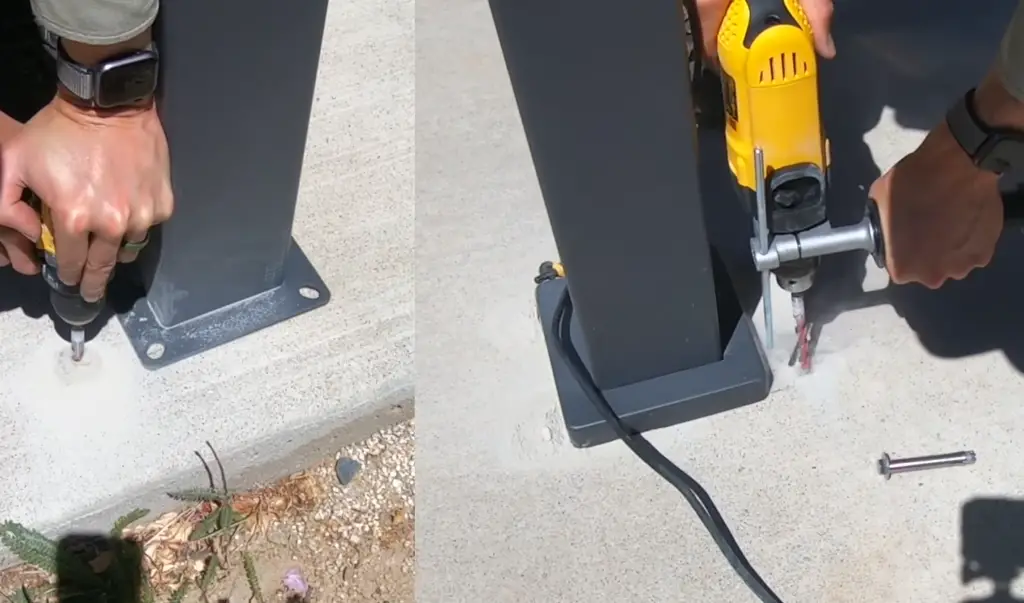
Can You Use a Hammer Drill to Mix Concrete: What You Need To Know
A hammer drill can be used to mix concrete, but it is not the ideal tool for this job. A hammer drill is designed to deliver short, powerful bursts of energy to penetrate hard surfaces like stone or concrete. When using a hammer drill for mixing concrete, it’s important to understand that the impact has the potential to damage softer materials or create air pockets within wet mixes. Additionally, there are specialized tools available that are made specifically for mixing concrete and provide increased control over speed and accuracy. If you do choose to use a hammer drill to mix your concrete, make sure you read the manufacturer’s instructions carefully before starting.
It’s also important to keep safety in mind by wearing protective eyewear and gloves when operating any power tool. Once you have the proper safety gear, you can begin mixing your concrete with a hammer drill. When doing so, use a slow and steady speed to ensure that you don’t overmix the mixture or create air pockets. Also, be sure to work in short bursts to give the concrete time to settle before continuing. Once you’ve finished mixing, use a trowel or other tool to level out the surface and smooth it out before allowing it to set. With these tips in mind, you now know how to properly mix concrete with a hammer drill!
Remember that hammer drills are not designed for mixing concrete and should only be used as a last resort when all other tools fail. If possible, try using specialized tools specifically made for mixing concrete for the best results. With a bit of practice and the right tools, you can have professionally mixed concrete in no time!
How to Use a Hammer Drill to Mix Concrete?
Step 1: Attaching the Bit to the Drill Chuck
The first step is to attach the bit for mixing concrete to your hammer drill. Start by tightening the chuck so that it is secure and won’t slip while in use. Once you have tightened the chuck, insert the bit and make sure it is firmly attached before beginning to mix concrete.
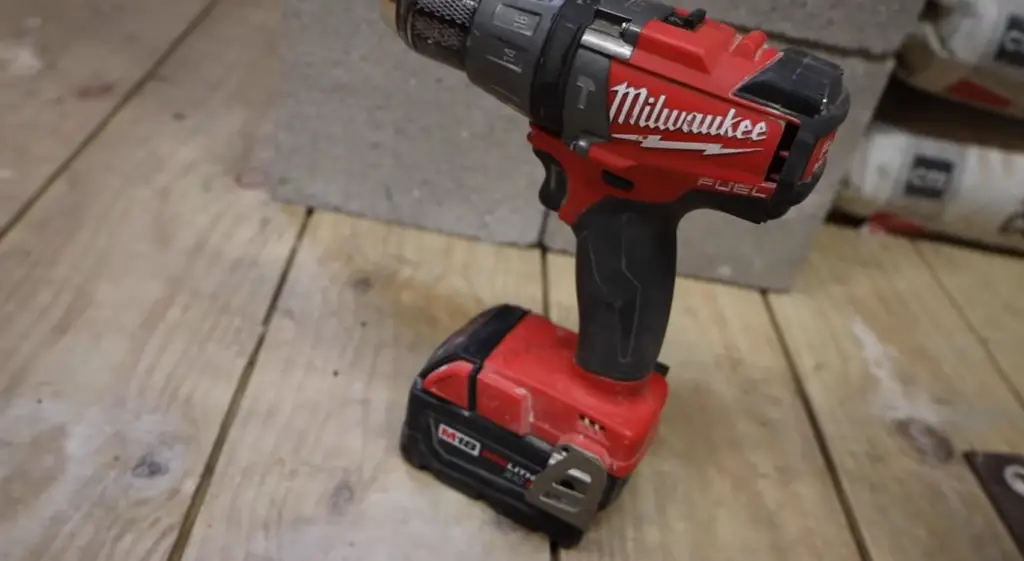
Step 2: Setting Up the Hammer Drill
Now that the bit is securely attached to the drill, adjust the settings on your hammer drill so that it will work properly with concrete. You should set it to low speed and high torque for best results. Also, be sure to turn on any safety features such as a depth stop or clutch if they are available on your model of hammer drill.
Step 3: Preparing the Concrete
Before you start mixing concrete, it is important to prepare the mixture correctly. If you are using pre-mixed concrete, then no additional preparation is necessary. However, if you are using a dry mix of cement and sand, then you will need to add water gradually until the mixture reaches a consistency that is easy to work with.
Step 4: Mixing the Concrete
Once your hammer drill and concrete are ready to go, begin slowly mixing them together by holding down the trigger on the drill. Move it in slow circles so that all of the ingredients are evenly mixed together. Hold down the trigger for several minutes or until all of the ingredients have been fully blended. Once finished, turn off the hammer drill and remove the bit from the chuck.
Step 5: Applying the Concrete
Once you have finished mixing the concrete, it is time to apply it. Depending on your project, you can pour or trowel the concrete onto the desired surface in whatever shape or size that you need. Make sure to use proper safety equipment such as goggles and gloves when working with concrete to protect yourself from any potential harm.
Step 6: Finishing Up
After you have applied all of the concrete, let it dry for at least 24 hours before using or touching it. This will give time for it to fully set and harden so that it will be able to hold up over time and stay durable. Once dry, you can start to enjoy your new concrete project!
By following the steps outlined above, you should be able to easily use a hammer drill to mix and apply concrete for any of your DIY projects. With some patience and practice, you’ll be able to make all sorts of creations with this powerful tool in no time [3].
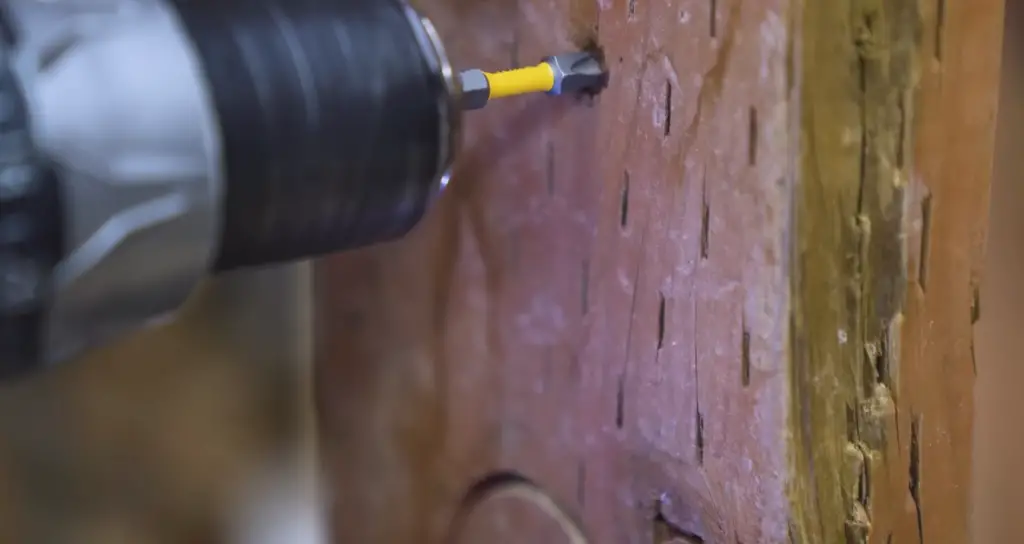
Choosing the Right Hammer Drill for Mix Concrete
When selecting a hammer drill for mixing concrete, it is important to consider what specific type of job you need the drill for. Hammer drills are available in several sizes and types, each designed to work on different materials and tasks. Knowing your needs will help you make an informed decision when purchasing your drill.
The first step in choosing the right hammer drill for mixed concrete is to determine the size of the hole or area that needs to be drilled. This will help you choose the appropriate size bit and hammer-action setting needed for your project. A larger borehole may require a bigger bit or a higher impact setting than a smaller one. Next, consider the power source for the hammer drill. There are corded models as well as battery-powered ones, both of which have their advantages and disadvantages.
Lastly, think about the features you need in a hammer drill. Do you want variable speed settings? How about adjustable torque settings? Once you know what size and type of hole or area needs to be drilled, along with the power source and special features that best suit your project, make sure that the hammer drill chosen has enough power for the job. Higher voltage models will provide stronger impacts than lower voltage models, so if your project involves heavier-duty drilling or pounding then it’s a good idea to get the highest voltage model possible.
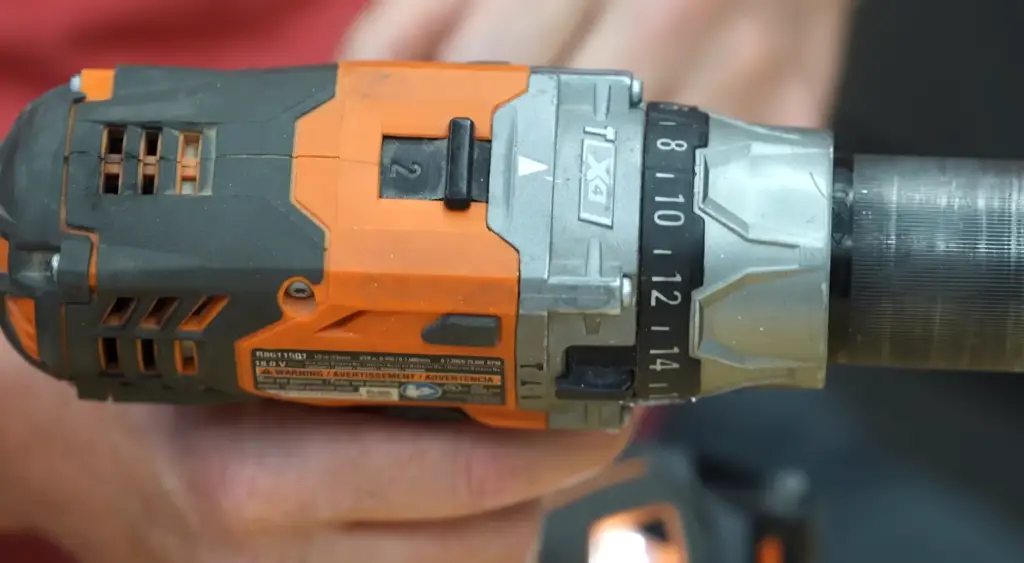
FAQ
Can you use a regular hammer drill for concrete?
No, a regular hammer drill is not designed to be used for concrete. Concrete drilling requires special tools and techniques, such as using a rotary hammer or hammer drill with a masonry bit.
Specialized bits are available that provide better power transfer from the motor to the bit, allowing it to penetrate harder surfaces more easily and accurately than a regular hammer drill. For best results when drilling into concrete, we recommend using an impact driver or rotary hammer specifically designed for masonry applications. Additionally, you should always wear protective gear when working with concrete. This includes safety glasses and appropriate clothing.
Can a hammer drill be used to mix mud?
No, a hammer drill is not designed to mix mud. Mixing mud requires specialized tools, such as a paddle mixer or mortar mixer. These tools are designed to mix the materials evenly and prevent air pockets that could weaken the finished product. Additionally, using a hammer drill when mixing mud can be dangerous and cause damage to the tool. It is best to use the proper equipment for any job and always follow safety guidelines when working with power tools.
Can you use a hammer drill on wood?
Yes, you can use a hammer drill on wood in certain applications. Hammer drills are typically used for drilling holes into materials like concrete or masonry, but they can also be used on softer materials such as wood if the correct bit is used. However, you should avoid using a hammer drill on very thin or softwood because the hammering action of the drill can cause the material to splinter or tear.
Useful Video: 5 Drill Features Everyone Should Know
Conclusion
Using a hammer drill to mix concrete, mud, or wood can be an effective solution depending on the job. However, it is important to use the correct tools and techniques for the material being drilled into. Additionally, safety should always come first when working with power tools – make sure you have the appropriate protective gear before starting any project. By following these guidelines and taking proper precautions, you can ensure that your drilling projects are completed quickly, safely, and accurately.
References
- https://www.aboutmechanics.com/what-is-a-hammer-drill.htm
- https://www.worthview.com/6-types-of-hammer-drill-and-their-uses/
- https://handyworkshop.com/can-you-use-a-hammer-drill-to-mix-concrete/






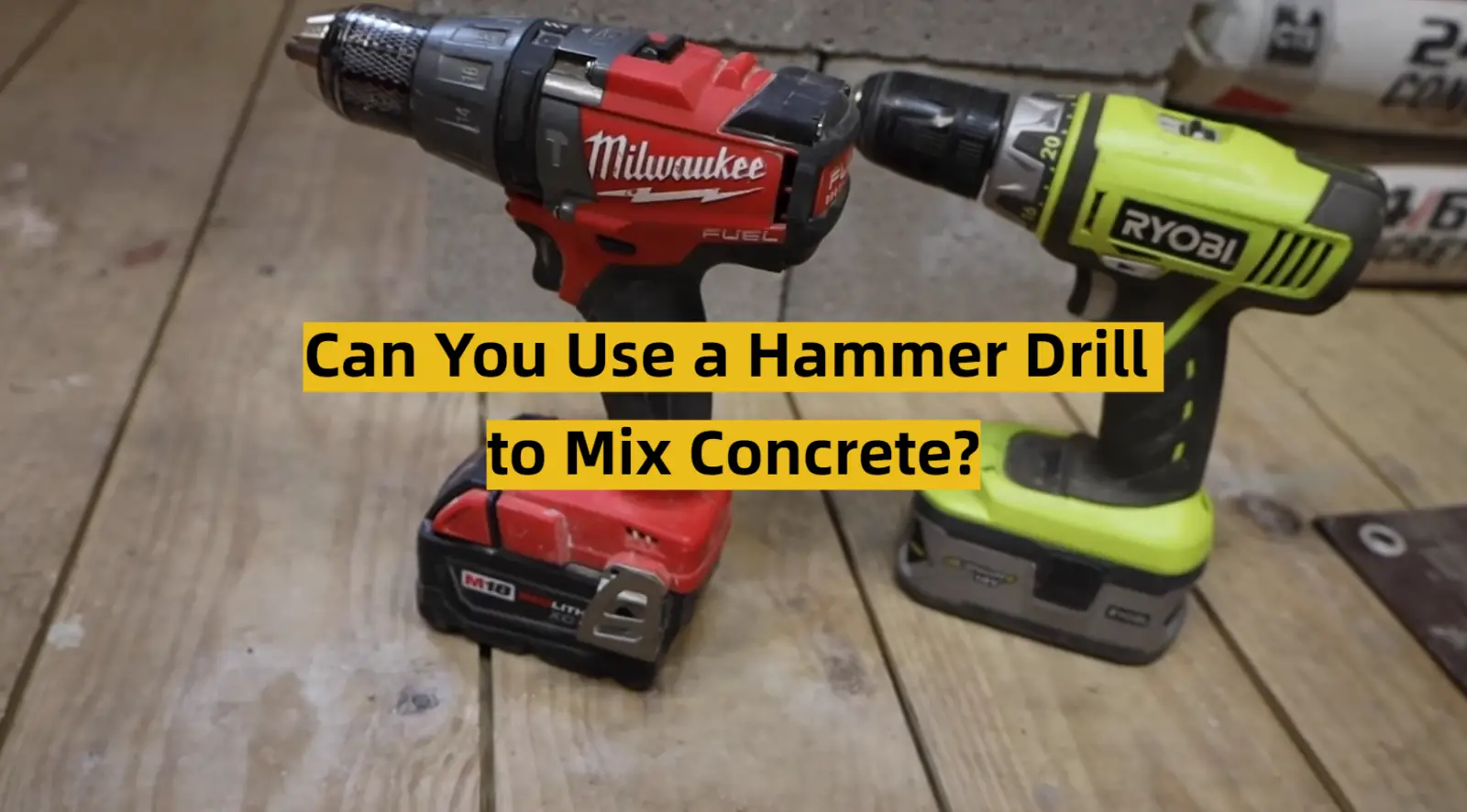




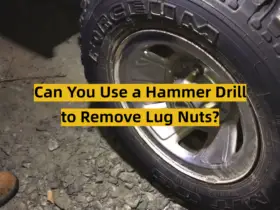
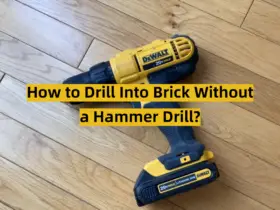
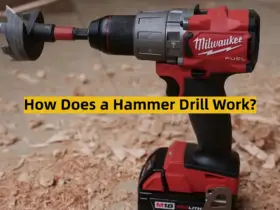
Leave a Reply